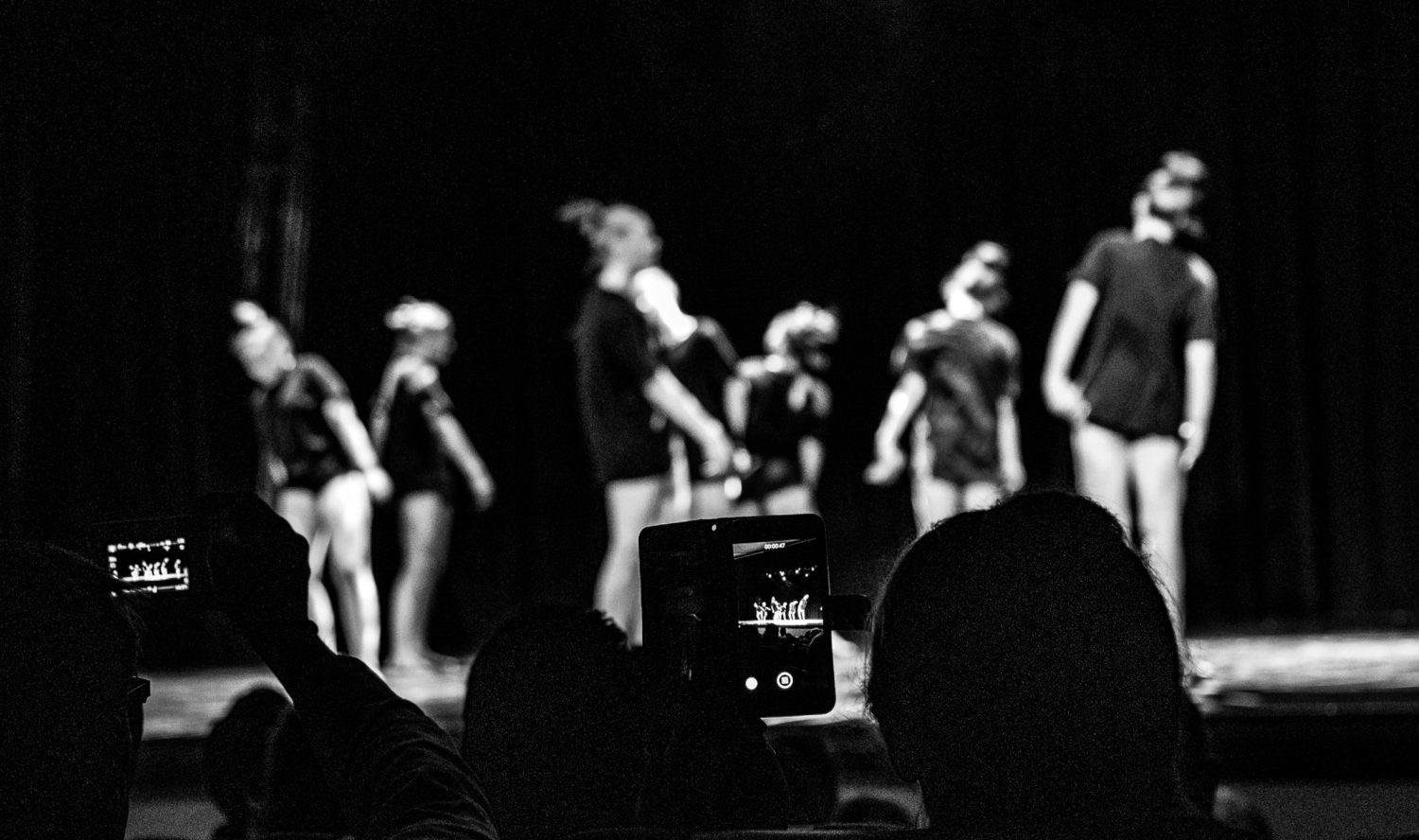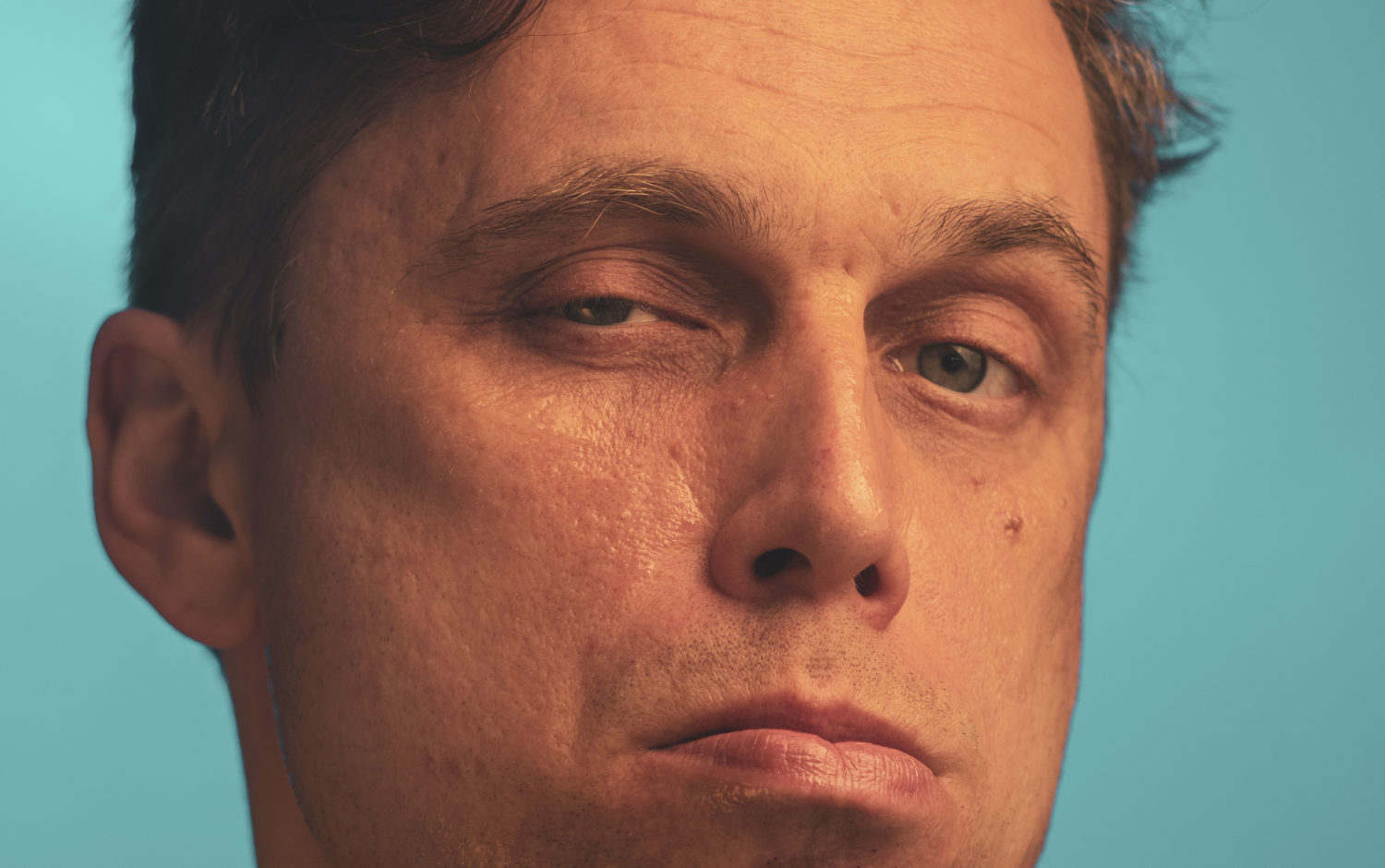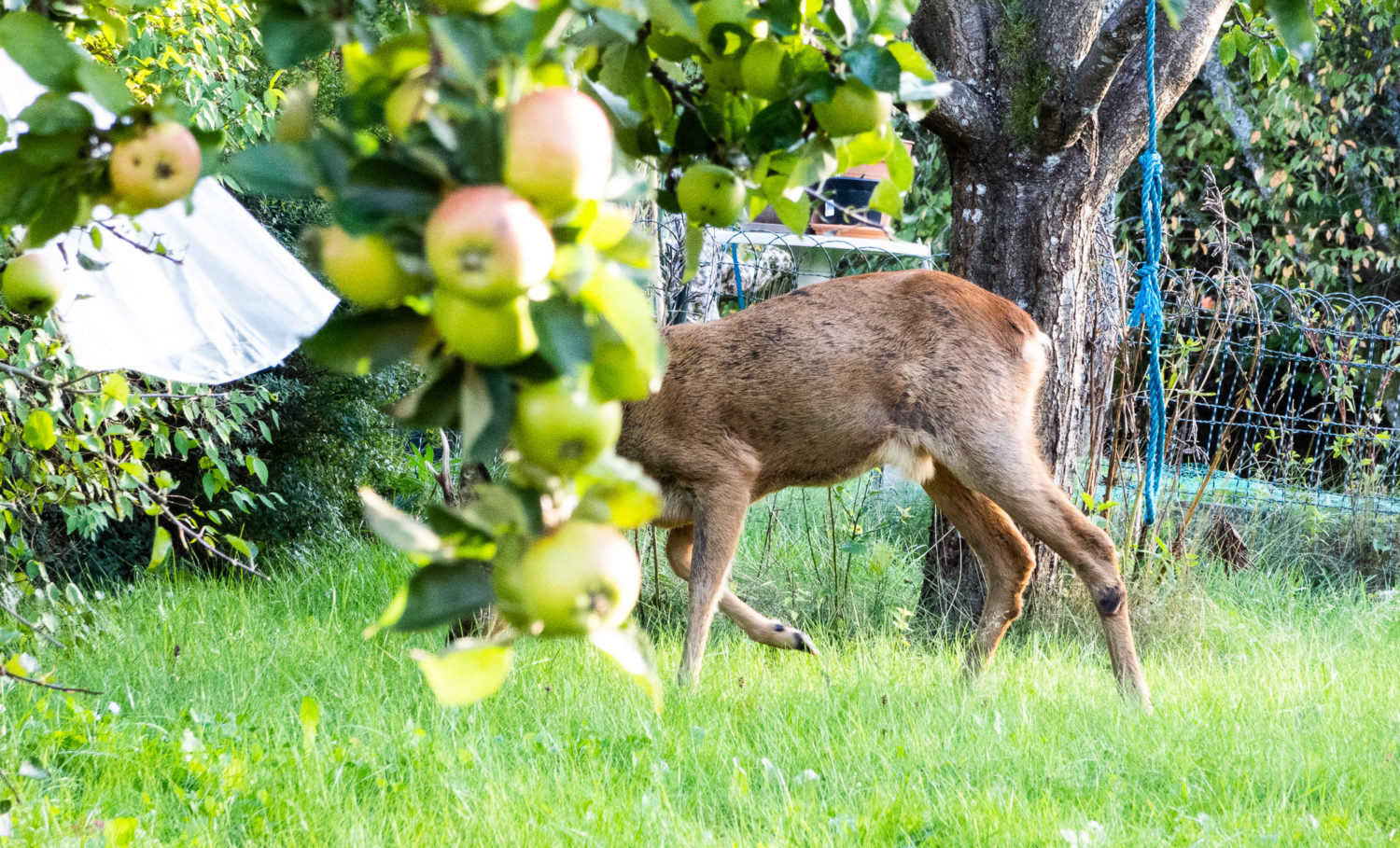I start this post on January 2nd – both I and Sara are under the weather so spend the time watching movies or reading. So why not start the new year with another post outlining what I’ve read? Third time in a row, here’s the stuff I’ve read this or given up on.
Halfway through the year I decided to plow through my ebooks in alphabetic order – regardless of my mood I’ll start in on a biography, poetry collection or treaties on thin film manufacturing. As a result, I’ve quit more books than I usually do. This is a good thing since I have more books than I’d be able to read in a lifetime, accumulating more each week.
Printed matter
Johanna Gillbro: Hudbibeln. Saw a blurb about this in the magazine Filter and it seemed up my alley – an academic dermatologists explanation of skin and skin-care. Easy to read and good disposition, but requires a second skimming with a notebook if I’m to make use of the lists of good & bad ingredients in skin care. It does a good job of demystifying creams, serums, exfoliants and whatnots.
Carl Otto Mattson & Johann Lang: Bin till nytta och nöje. A beginners guide to keeping bees. With all that I’ve heard about colony collapse, and the general state of environmental damage and insect die-off, keeping bees might be something actually useful to learn – especially if I and Sara move out into the country someday. Haven’t decided on how this relates to my animal rights & vegan convictions, but now I can have a more informed think about it.
Max Gladstone & Amal El-Mohtar: This is how you lose a time war. A mostly epistolary story of two agents from warring factions which battle for supremacy over a vaguely outlined multi-dimensional/temporal world. Intimately written and a beautiful love story.
M.R. Carey: The boy on the bridge. A prequel to The girl with all the gifts – which I haven’t read although I’ve enjoyed the movie twice. The book is a bit meh, with none of the pathos which the movie had.
Annalee Newitz: The future of another timeline. There’s a battle raging through time over women rights (or lack therof) – research activists travel through time using one of five ancient time machines no-one fully understands. Nice mix of stoneage-scifi and headaches induced by time edits. Slightly different take on continuity than Permafrost, but a nice comparison.
Sofia Åkerman: Zebraflickan. Swedish autobiography of a young girl who spends many years in and out of mental institutions, battling eating disorders and self-harming. Starts out with an attempted suicide and keeps going. In my library copy someone had underlined some passages – perhaps trying to find clues to how to deal with someone similar? Insightful writing on the insidiousness of mental illness.
Epub
Sylvain Neuvel: Sleeping Giants. Parts of a giant robot are found spread over the globe and we follow a Man-in-black as he schemes to assemble it and learn more of its origin. Reads like a teenage outline for mecha fanfic – i.e. I’m not going to bother with the sequels.
John Carreyrou: Bad blood. A rollercoaster of sociopaths and the folly of venture capital. I read this before I saw the movie [the Inventor] and it’s a fascinating read on the rise and fall of Theranos and the people behind it. A bit on the nose sometimes, but an easy and fascinating read.
Bill Owens [ed.]: The art of distilling. I’ve tried my hand on brewing beer and cider with less than stellar results, but didn’t know much about distillation before reading this book. It covers different kinds of stills and resulting liquids, and I’m curious to try it out for doing tinctures and such.
Mary Wollstonecraft Shelley: Frankenstein. One of the earliest, if not the earliest, works of sci-fi and surprisingly readable still. The language is stilted as all heck, but not enough to put one off reading. Later reimaginings of Frankensteins monster as a dumb brute does a disservice to the original though – I much prefer the brooding creature presented here.
David Wallace-Wells: The uninhabitable earth. Holy moly Jesus on a stick – this is one depressing and dreadful read. List after list of the ways in which humanity has fucked up the climate, accompanied by list upon list of how this will impact the same humanity – however unevenly. The premise of the book is unapologetically anthropocentric, but combined with our knowledge of ecosystems it draws a map of what we’ve completely fucked up and what we might still save. A must read and what I’ll buy everyone for Christmas this year.
Hilary Mantel: Wolf Hall. My friend Andreas recommended this if I wanted to read court intrigue, and boy am I glad he did. It was so very long ago that I read something so well crafted, with such a commanding language and compelling characters. I actually gasped a few times when encountering passages that were cleverly written – that hasn’t happen for quite some time.
Hilary Mantel: Bring up the bodies. Started in on this straight after Wolf Hall, and it’s more of the same – in a good way. Immediately after finishing it I put in a preorder for the last part of the trilogy – I’ll have it sometime in spring and am looking forwards to it immensely.
Mikhail Bulgakov: A country doctor’s notebook. A collection of short stories all concerning doctors in the Russian/Soviet countryside. Reminded me of David Sedaris – similar neuroticism, imposter syndrome and general feebleness of character. At first I thought the stories were autobiographical, but once the main characters had different names I caught on.
Annalee Newitz: The future of another timeline. Feminist struggle through time travel – two fractions competing for dominance through time edits which will ripple through history and change womens rights for good or ill. Basically mens rights movement vs. riot grrrls. Not as insightful as Autonomous, but still worth a read. How do we remember futures which never happened, and how can we create the future we want?
Audiobook
Jon Ronson: Them. Following (mostly) religious extremists around with a nervous eye – entertaining book but I’m not certain what the takeaway is. Ronson is great fun though, and his frantic escape from suspected Bilderberg spies is a lol moment.
Philip Pullman: La Belle Sauvage. It’s great being back in the universe of the Golden Compass, and the story of how clever Malcolm Polstead navigates an increasingly theocratic adult world is tense and written with a gentle hand. Looking forward to the next installment.
Lev Grossman: The Magician King. [reread] Darker than the first book and still entertaining – everyday magicians doing their stuff in fairy land.
Lev Grossman: The Magicians land. A great finish of the trilogy, and the irreverent tone when dealing with gods, magic and the fabric of reality makes for a fun read.
Annalee Newitz: Autonomous. A future where patent law is violently enforced, sees protagonist-cum-biohacker Jack, trying to undo the damage her pirated copies of a productivity drug have caused. Well written and with some inspiring thoughts on what personhood means for artificial intelligences.
Martha Wells: All systems red. Yet another written-for-being-optioned scifi. Some cute scenes, all told from the point of view of Murderbot, but I’m hard pressed to remember what it was about.
C. Robert Cargill: Sea of Rust. Scavenging sentient robots experience their own post-apocalypse – having previously brought about the human apocalypse. Some interesting scenes, but this would have been a better comic than it’s a book.
Timothy A. Pychyl: Solving the procrastination puzzle. I don’t know how many of these books I have to read or listen to before I actually commit, but the advice usually comes down to: Commit to doing something, split it into small actionable items and then do it.
Adrian Tchaikovsky: Children of time. Humanity is extinct except for a few remnants who’ve set out into deep space in search for a new home in a generational ship, and their only option seems to be a planet on which a biological experiment has given rise to intelligent spiders. Interesting take on exobiology and how cultures might evolve differently in another species.
Alastair Reynolds: Permafrost. A messed up future takes over peoples bodies back in time in order to mitigate the coming disaster. An ensemble story which reads in parts as a techno thriller, in parts as drama. Some interesting ideas about time travel and paradox, but other than that rather forgettable.
Iain M. Banks: Consider Phlebas. Revisiting the Culture again – always a treat. The world building is compelling and envelopes me like a snug blanket.
Iain M. Banks: Player of games. A story of a gameplayer blackmailed into carrying out a mission on behalf of Contact – told by an unreliable narrator. Not the strongest novel in the series and hasn’t dated as well as I remembered, but still good.
Abandoned stuff
Mark Manson: The Subtle Art of Not Giving a F*ck. There might be some wisdom in the book, but it reads like bro-mindfulness and I can’t overlook the humblebrag, sexism and poor writing enough to finish it.
Johanna Frid: Nora eller Brinn Oslo Brinn. This is good and I’m going to read it later on, but I only had it on short loan from the library and wasn’t keen enough to finish it within a week, even though it’s doable. Well written story of the insanity of jealousy.
Daryl Gregory: Spoonbenders. Well written, but I just can’t get into it. Gave up after an hour of so.
James Patterson: 17th suspect. Trite – gave up after 15 pages.
Ken Follett: A column of fire. Having read Wolf Hall, this story set in the same time pales in comparison and I didn’t want to taint my appreciation of the Mantel book







